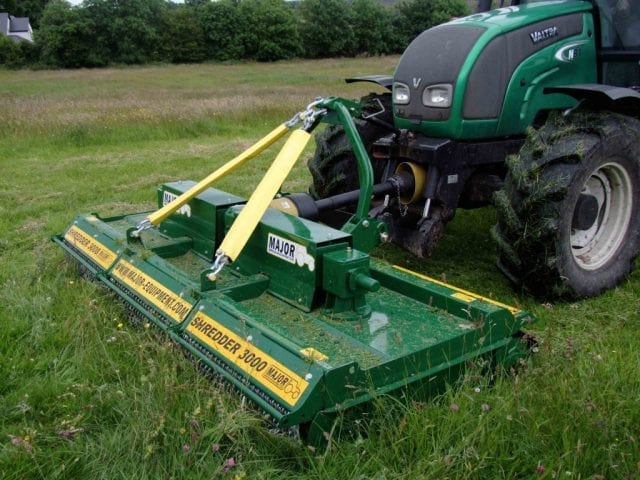
All a farmer ever wants is to improve their pasture quality. The best pasture means your stock gets the best feed, and that can only ever have benefits when it comes to production.
If you want to improve your pasture quality, you will need to look at different topper mowers to help. Topping plays a critical part in pasture management, and it’s something you may like to look at doing if you don’t already.
What is Topping?
Topping is when you cut the tops off your pasture to remove seed heads. The goal of doing this is to encourage grass to grow and produce more leaves – lifting the quality of the grass and giving your stock something to eat!
Even though the process is called topping, it’s also not only about taking the top off your grass. You set your topper mower to low to remove stalky growth too, as well as weeds and other undesirable grasses your stock will turn their noses up at. Because weeds grow quickly in summer in autumn, these are some of the best times to haul your topper mower out of storage and put it to work.
A general-purpose mulcher or hay topper will be most farmers’ go-to machine of choice. Many farm workers also choose to top a paddock with a mulcher or hay topper before cows go in, believing it’s useful for utilisation to do so. There is no substantial evidence to prove or disprove in either case.
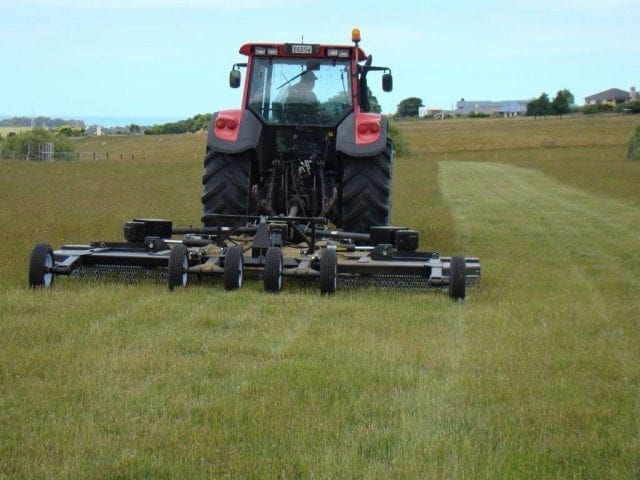
If you use a hay topper, you can top half of the pasture before cows go in, giving them a choice of cut grass or wilted pasture with the hope that having a choice will improve their intake.
When using topper mowers, farmers may also look at letting their stock in for light grazing then cutting the remaining into crops of hay. You’re enjoying the benefit of conserving your food, but you’re also controlling your pasture.
If, however, all that you have left in your paddock is inedible grass your cows are turning their nose up at, then you can use a rotary slasher or similar machine to cut it down into mulch so that it can break down into soil matter.
This process, while seemingly the “easy way out” could end up being beneficial for your pastures. Mulching the inedible grass reduces the risk of dense cut grass lumps which stop new growth from coming through. It’s also spreading cow dung around the paddock – even if it means your topper mowers and other machines need a clean once you complete the job.
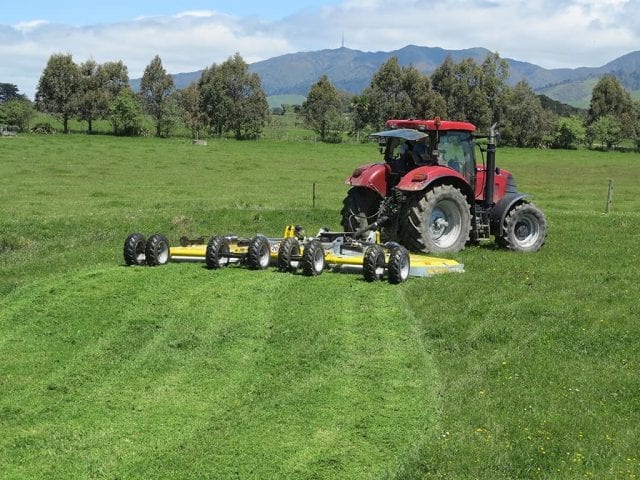
Cutting Heights
Not everyone will know which machine to use for topping their paddock, but it’s helpful to know what cutting heights each type can achieve. For example, a rotary slasher-type unit will rip, shred, and tear grass while scattering it across the paddock. A hay mower will cut it gently into piles for further processing.
Whether you use topper mowers or another machine, you will need to set the blades low. If your paddock is uneven, however, it can end up being quite a challenge for a hay mower. This machine will ride over humps and will not cut grass in hollows. Therefore, the remaining grass will be too long in different areas.
If you use a rotary slasher, you can rest assured that there’s no stone left unturned in hacking up every blade of grass. Not only does it take care of the grass, but if it comes across an uneven patch, it will slice the top of the hill so that it’s even with the rest of the pasture.
However, this approach is both negative and positive. In the short term, it means you have a lot of bare patches in your paddock that take a long time to grow and catch up with the rest. In the long term, it provides you with an even paddock that will be far more workable in the future.
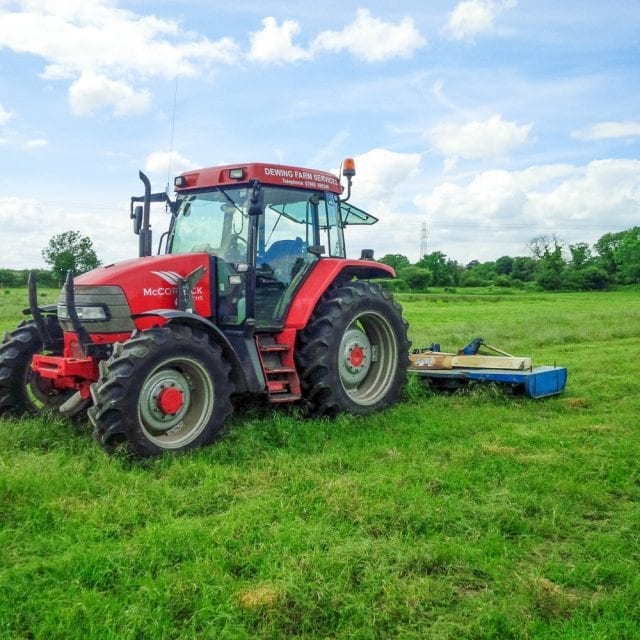
Sharpen Your Blades
Whether you’re using topper mowers or something else, you will quickly discover that you’ll never do a decent job at topping if your blades are dull.
A sharp blade offers a clean cut. If your blades are dull, they tend to mash the grass and pull it from the roots, weakening the entire root system. Before you haul your topper mowers out of storage, take a moment to carry out a full maintenance check and inspection before getting the process underway.
Weed Control
Every farmer knows they need to have weed control processes in place, but did you know that topping your paddock can supplement them? The most common weeds on a farm are buttercup, dock, and Californian thistle. The former two are generally no problem for pasture growth. The latter, however, can wreak havoc. Californian thistle establishes itself in significant, canopied patches which are not attractive to stock.
If you top the weeds and mulch the thistles, the trapped grass underneath has a chance to escape. Cows will also be more likely to eat small weed regrowth as opposed to large patches of it. Using topper mowers shouldn’t be your first form of weed control, but it certainly doesn’t hurt to use it alongside your other methods.
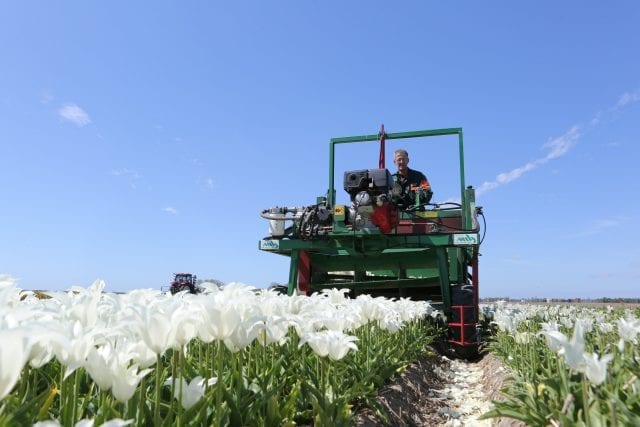
Conclusion
Topping is something that every farmer should consider when they have stock. It can improve growth, offer your cows and sheep options, and studies even show it may increase milk production. Consider these top tips and information for topping, then head out and purchase that brand new topper mower to get the job done.








